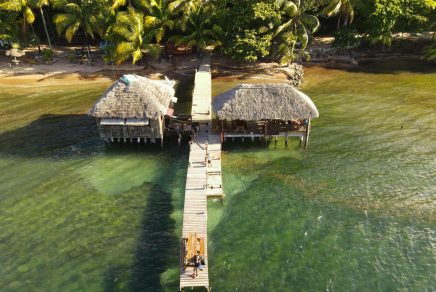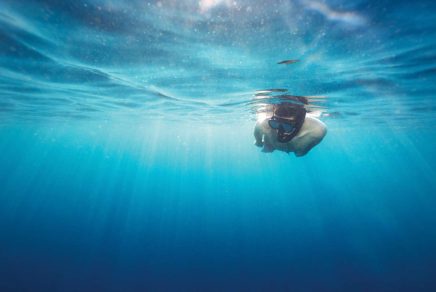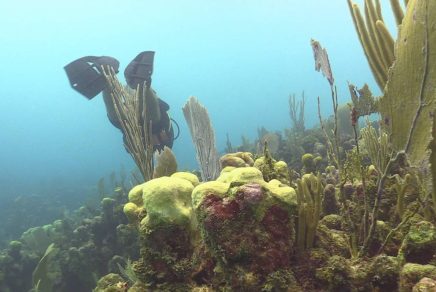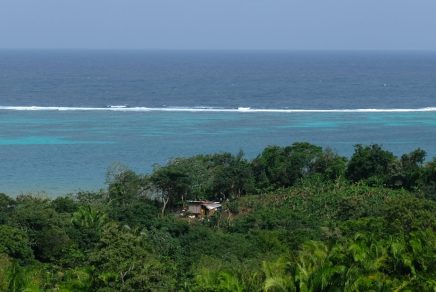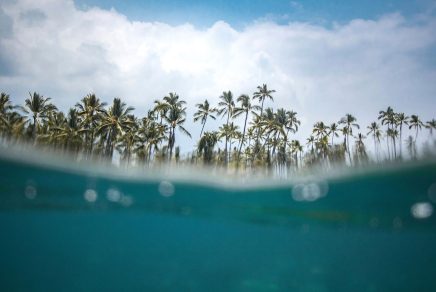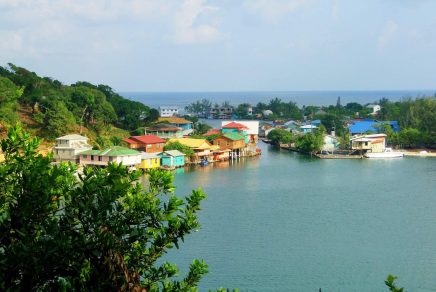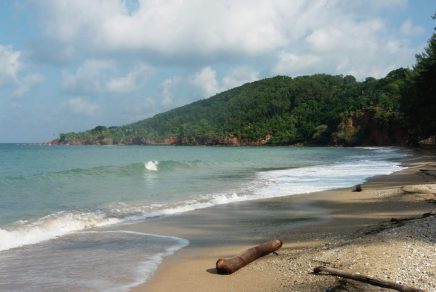Honduras
If you’re looking for a destination that offers a unique blend of natural beauty, vibrant culture, and ancient history, look no further than Honduras. With its stunning beaches, lush rainforests, and charming colonial towns, Honduras promises endless opportunities. From discovering the ancient Maya ruins of Copán to relaxing on the beautiful beaches of Roatán, Honduras is truly a hidden gem in Central America waiting to be discovered. Check out our top Honduras travel tips below to speed up the planning process.
Roatan, Honduras is a veritable island of tranquillity… that has seen its share of tumultuous times in the past.
Follow in the footsteps of Catherine Brideau, our social media technician, as she takes us on a whirlwind holiday to discover Roatan Honduras in 24 hours.
From scuba diving to deep waters diving, Roatan has the second largest coral barrier in the world. Have a chance to meet the giant shark whales or to explore the different species that lives into the corals.
Divers from all over the world meet on the island of Utila and the Cayos Cochinos archipelago to experience the legendary diving experience.
The main road, Carretera Principal, will take you from West End to East End on the island of Roatán, Honduras, in the Caribbean Sea.
If you’re planning a vacation down south, consider a spot close to these great places to scuba dive in the Caribbean.
Looking for the best restaurants in Roatan? Here are a few can’t miss that are popular with local expats and islanders.
The east end of the island has a gradual shift in greenery as you head away from the western side. Palm trees and coconut trees make way for pines and fruit trees such as avocado, hog plum and papaya.
The Caribbean island of Roatan is known for having beautiful white sand beaches with turquoise water. Discover the best beaches off the beaten path.
